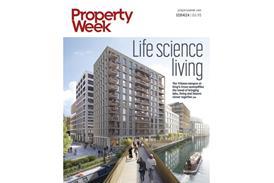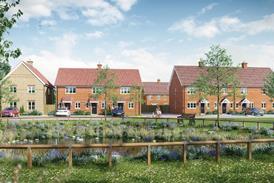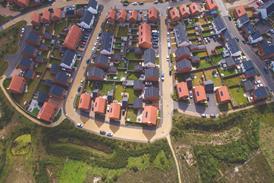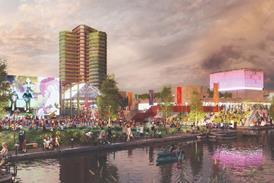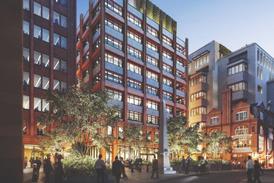- Home
- News
- Finance
- Analysis
- Insight
- Markets
- Legal
- People
- Events
- Jobs
Norwich housing scheme wins Stirling Prize
By Gavriel Hollander2019-11-15T00:00:00

A look at the ingredients that won Goldsmith Street the coveted Stirling Prize.
When Norwich City Council’s Goldsmith Street project was named the 2019 winner of the Royal Institute of British Architects’ (RIBA’s) Stirling Prize last month, the built environment community sat up and took notice.
The 105-home scheme, close to the city’s historic ‘golden triangle’ area, is the first social housing development to win the famous prize in its 23-year history. Built to the Passivhaus standard, a set of energy efficiency measures for homes that can result in a 75% reduction in heating requirement when compared with standard new-builds, the scheme has thrown a spotlight on the benefits of green residential development. It has also shown that the community-led design of submarket housing can work.
So what makes Goldsmith Street so special? And what can developers – in both the public and private sectors – learn from such a high-profile coup?
This content is only available to registered users
You must be logged in to continue

Would you like to read more?
Try Property Week For Free to finish this article.
Sign up now for the following benefits:
- Unlimited access to Property Week
- Breaking news, comment and analysis from industry experts as it happens
- Choose from our portfolio of email newsletters
To access this article TRY FOR FREE NOW
Don’t want full access? REGISTER NOW to read this article and up to 3 more this month and subscribe to our newsletters.
Registered users and subscribers SIGN IN here to continue
- Like our page on Facebook
- Follow us on Twitter
- Connect with us on LinkedIn
- Watch PWTV on Youtube
- Subscribe to our RSS feed
- © 2023 Metropolis International Group
- Previous Issues
- A-Z Subjects
- A-Z Contributors
Site powered by Webvision Cloud



